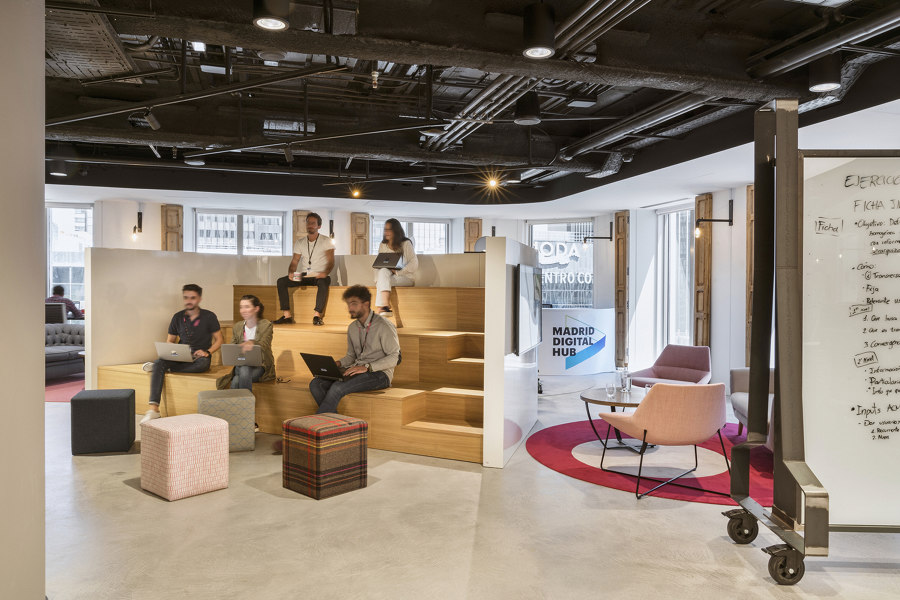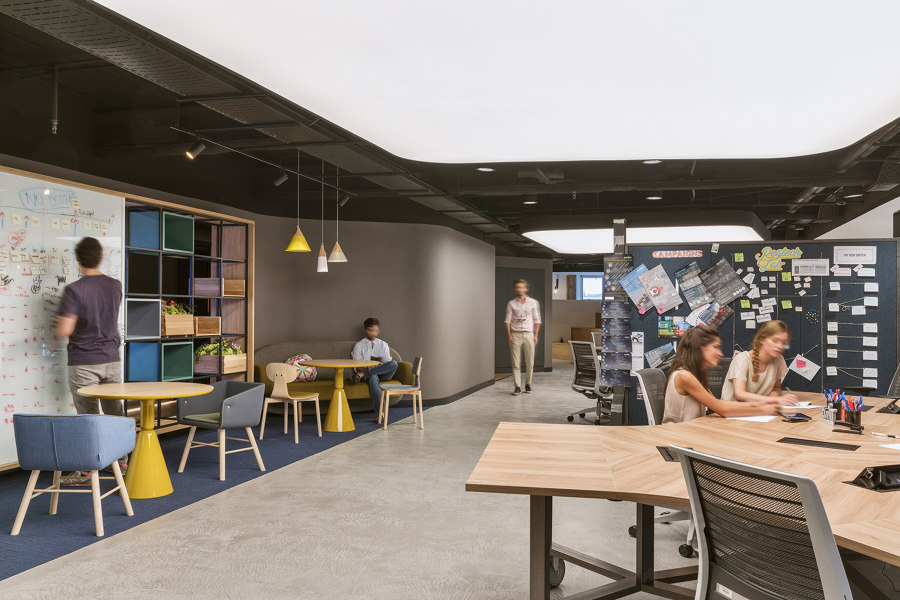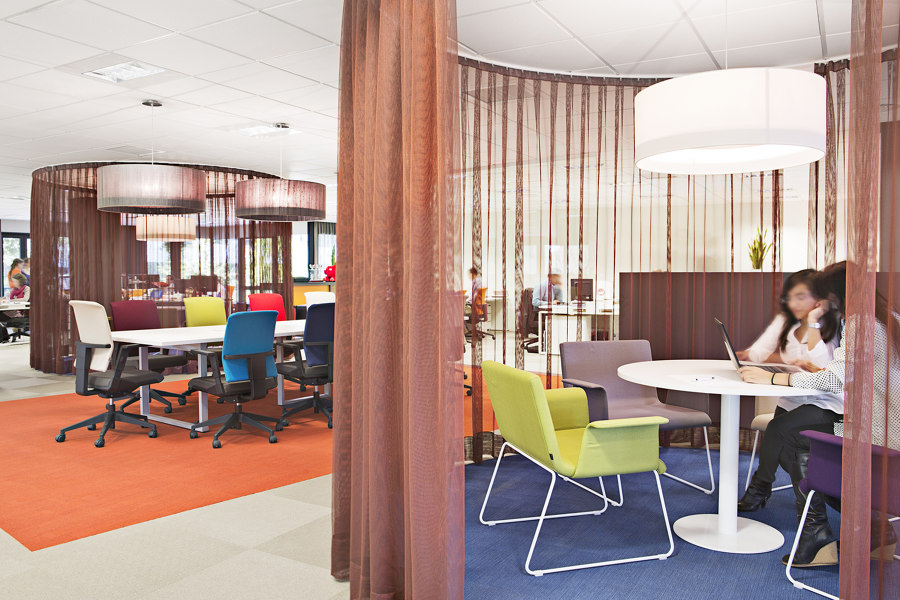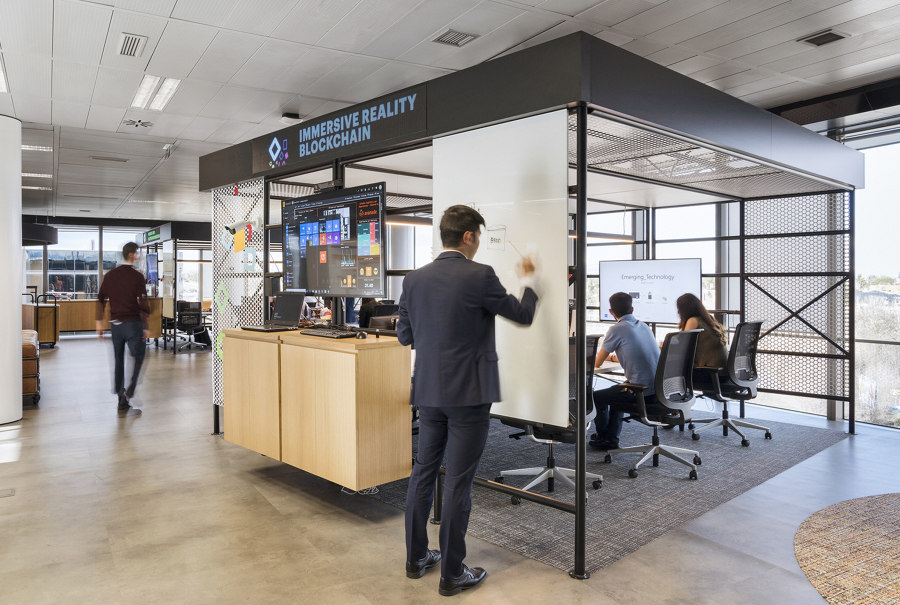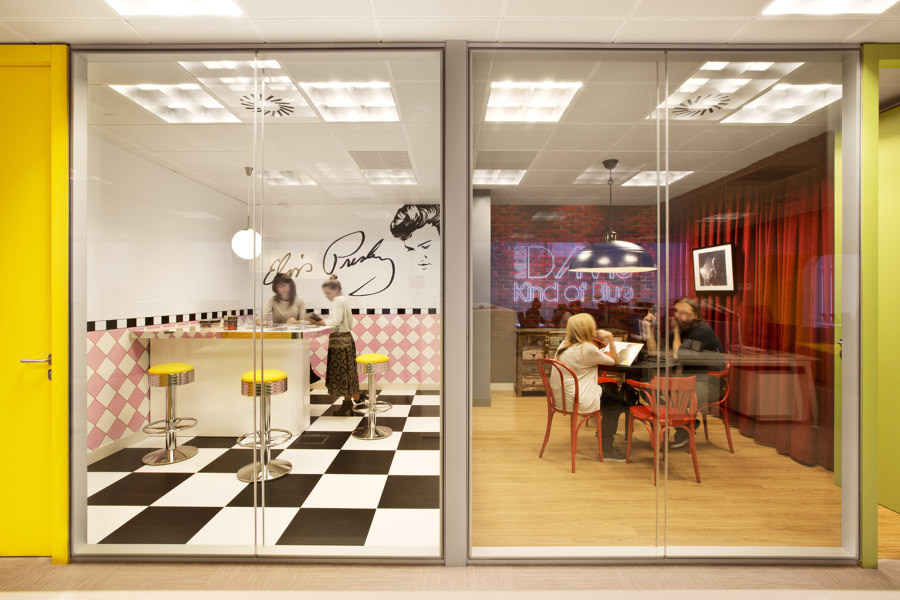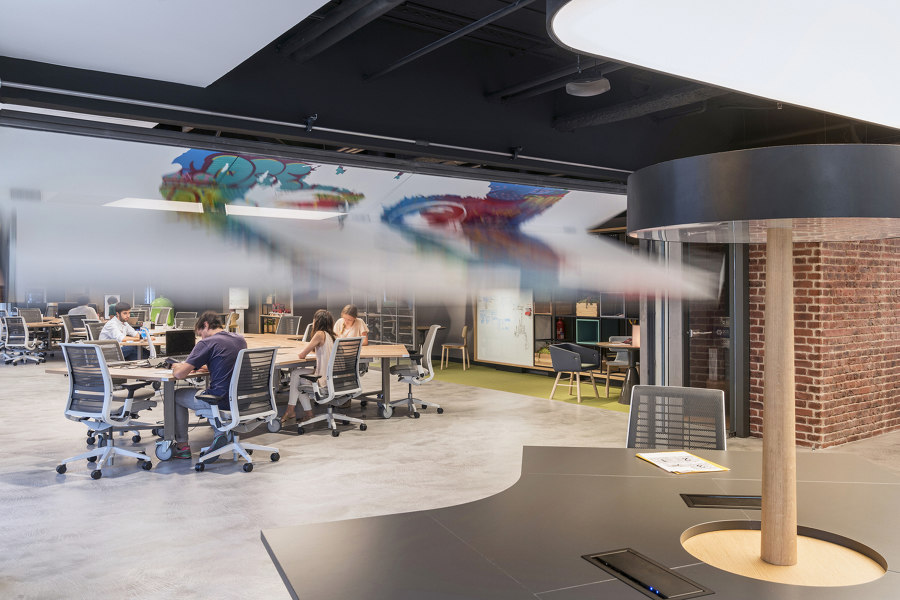The Importance of Technology in the Strategic Design of Workplaces in the COVID-19 Era
Scritto da ArchDaily
02.03.21
TECHNOLOGY DESIGN WEEK: Workplace strategist and designer Araceli Torres Muñoz discusses the challenges of the changing workplace and describes how technology can be harnessed as a driver of positive change.
It’s been nine months since the world stopped spinning, only to restart at a different rhythm. And although we’d spotted this new style of work approaching on the horizon, we still weren’t prepared for it. In a blink of an eye, our work environments and lives were reduced to a screen and a keyboard. We were forced to go virtual.
As a workplace strategist & designer at Sshape in Washington DC, I had to rethink my approach to work at that moment. I needed to provide solutions for my clients, who were facing an unforeseen situation with high levels of uncertainty. Taking on the strategic interior design of an office in such a complex environment where we didn’t know how or when we would return was a challenge. However, a few years ago I completed my Master's in Strategic Design of Spaces at the IE School of Architecture & Design, where I received the tools to react with agility and see change as an opportunity.
We learned that people are extraordinarily adaptable, and therefore the design of strategic interiors should focus on people, now more than ever. Let’s forget about user- or consumer design and instead talk about human-centered design.
Technology has served as our ally in this change. This is an idea I’ve internalised since I completed my Master’s at IE University. There, we were encouraged to integrate technology in all the phases of the design process—from analysis to development to execution of the project and, finally, to monitoring the project’s performance.
Here I will highlight the four areas within strategic interior design where I believe technology has become a main driver of change:
1. Technology to confront uncertainty, measure change and predict the future
Anything that cannot be measured cannot be improved. Understanding how employees work, their needs, routines, timings, etc. is key to developing a knowledge base that serves as a foundation for strategic interior design. Online survey tools help us perform these internal analyses and detect changes in work models. Additionally, they allow employees to express themselves freely and encourage all voices to be heard. Making people feel part of the office design process is essential, especially now that working remotely can become an obstacle.
2. Technology to reinforce company culture and build engagement
One of the principal problems of the shift to working virtually is the feeling of personal disconnect. Working from home can lead to isolation. For companies, this means that successfully transmitting their mission and values can be a difficult task. The problem is exacerbated when you consider that corporate culture currently drives office design. Co-creation platforms allow us to carry out interactive activities with employees and receive feedback in real-time. We use gamification techniques to increase engagement and ensure employees take ownership of the office design project. These platforms and activities give us an understanding of the company culture; the unwritten rules that define the behaviour of people in a group. This critical information helps companies build a more flexible culture that encourages continuous learning and lets interior design strategists design an office that transmits and reinforces its values.
3. Technology and leveraging virtual reality for architecture
Designing, and above all, explaining online projects can be complex. We often find that it’s difficult for customers to understand detailed plans and schematics from behind a screen. With the integration of the BIM (Building Information Modeling) methodology and virtual reality technologies, designers can offer companies virtual tours of their future workspaces. They can walk through the different areas, see what the materials will look like and experience the final result before even beginning construction. I remember that, during the master’s program, we were taught to use technology to make complicated things seem simple and easily understandable. It doesn’t matter how good the design of a project is if the customer is unable to understand it.
4. Space and technology: A perfect symbiosis
The future of workspaces lies in flexible and connected spaces. We must emphasise the design of wireless spaces where walls, screens and furniture can move and adapt to the needs of the moment. We will see outlets and lights on rails, air stream systems integrated into each space and a generally flexible office space that allows its users to adjust it to their needs.
For the hybrid work model to function, we have to implement a simple and efficient space-reservation system that can adapt to different teams during distinct project phases. This requires state-of-the-art technology that serves both people and spaces. What’s more, these systems provide us with metrics and reports concerning how the office is used. With these, we can analyse the spaces to determine which are most in demand and which are underperforming.
In short, technology has become the link between designers and the users of the spaces; it is the open communication channel between both extremes. The immediacy and capacity for data collection and analysis that new technologies provide are the foundations an interior design strategy should be built upon. They allow offices to become efficient and, above all, flexible spaces that attract talent and respond to the needs of their users.
Text: Araceli Torres Muñoz

